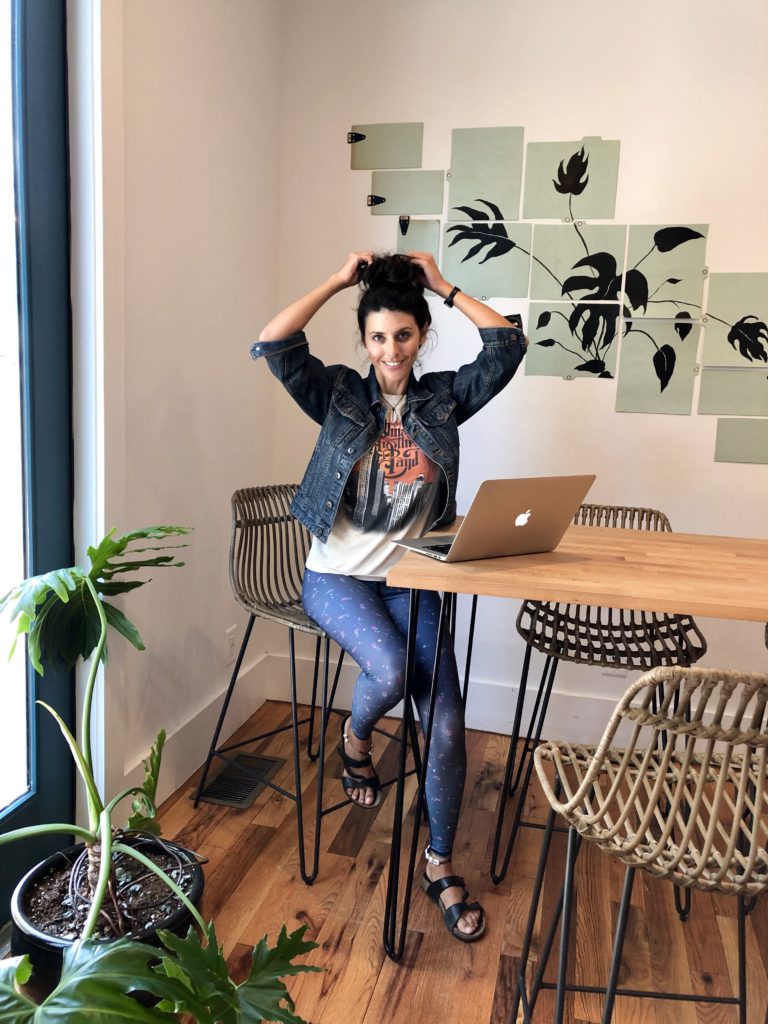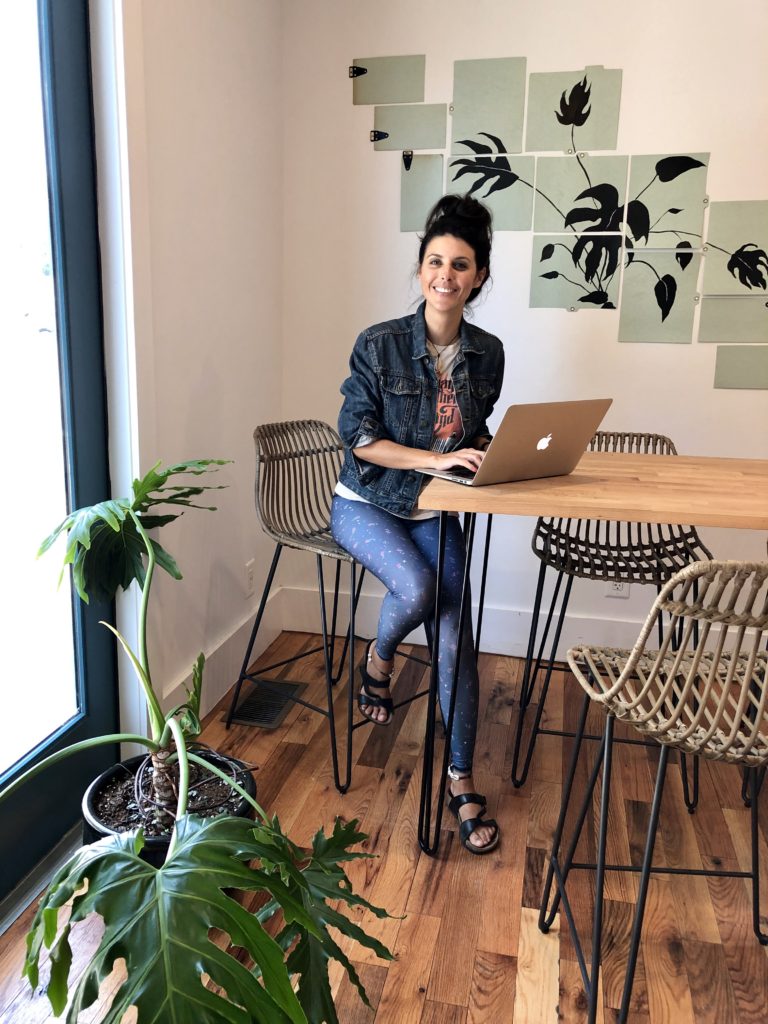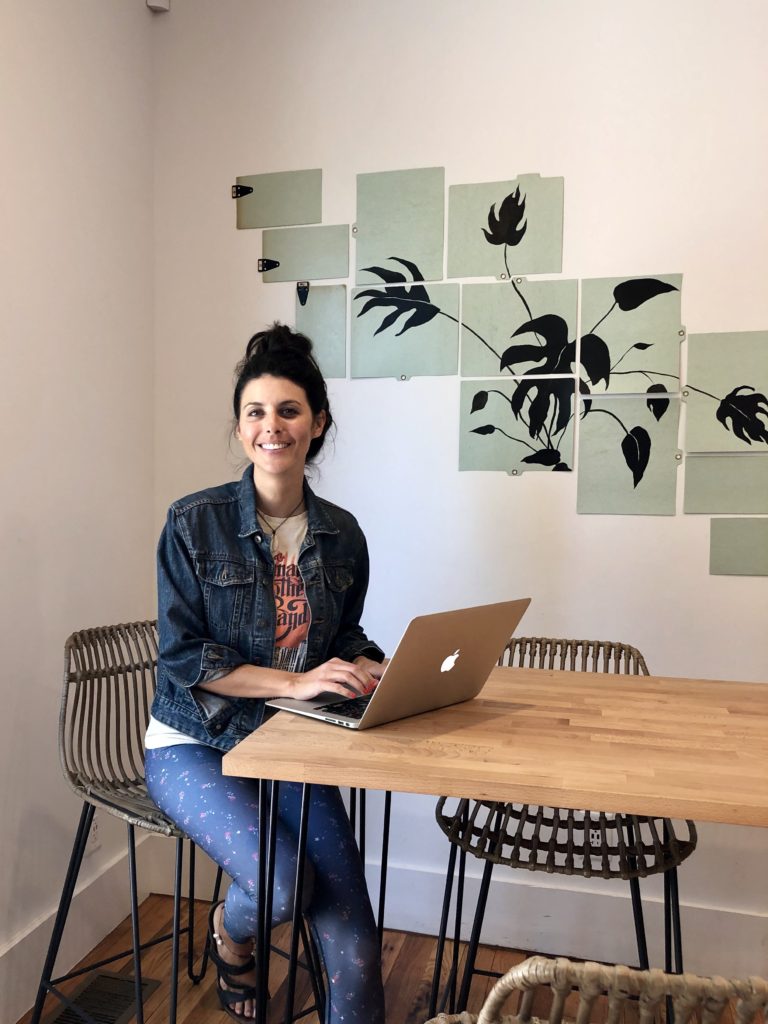I’m about to tell you my monthly income, and I might throw up in my mouth a little bit.
Breathing deep
Ok. Let’s do the damn thing.
Here’s a breakdown of my monthly income:
- Copywriting for a small business: $1000
- Newspaper Column 1: $135
- Newspaper Column 2: $75
- Newspaper Column 3: $75
- Total = $1285
First of all, you don’t get into writing for the money (clearly), and for years, I worked other jobs while freelance writing (retail and once as a grocery store cashier). Today, I’m always figuring out ways to make a living while making time to write creatively. #thestruggleisreal
Thankfully, I’ve found a few side gigs that work for me.
Here’s how I make the extra dough:
- Freelance Writing (currently): $75 – $1200 per piece, depending on word count and how much the publication pays per word or project. Interesting note, national publications do not necessarily pay more than local pubs. But, we’ll get to that at a later date.
- Professional Organizing: $50 per hour. I love to organize, it’s like a meditation, so my side hustle is helping others organize the F’ out of their lives. (The vibe is, KonMari meets real life. See what I mean at @messnomo.)

Here’s How I Save:
I put away 20% every paycheck in two different savings accounts and I’ll tell you why.
When Chris and I sailed the coast of Baja, Mexico two years ago, I came across Girl Boss by Nasty Gal founder Sophia Amoruso lodged in the dusty bookshelf of Marina Cortez in La Paz. I was so jacked to see a book from the “real world.” (On a boat in Mexico, that meant anything about fashion.) She mentioned the book, The Richest Man in Baylon by George S. Clason, published in 1926. It’s a short book filled with stories reminiscent of fairytales that explain saving money in a way that won’t make you feel you’re starving today to eat tomorrow.
Even if your current paycheck says differently.
Clason explains that with each paycheck, you must “pay yourself” first. And to do that, you must save.

B) Yoga pants because I’m either coming from or going to a class at any time of day. (Because that’s the trade for hustling = doing sh*t on your own time!)
Photos by Marika King.
For me, that translates to 10% of each paycheck, no matter how small, goes into a basic savings account and 10% into an If-Shit-Hits-The-Fan account. Sounds insignificant, but it’s amazing how money can add up!
(Basically, I don’t want to end up in this position ever again.)
Rainy Day Vibes
On months I take home extra, I’ll put most of the money into both savings accounts.
I mean, I’ll dip into the primary savings when a trip or a yoga workshop arises, but that’s the glory of two savings accounts – one to purchase life experiences and the other for financial security!
No Debt Helps
Thankfully, I have no debt. Encouraged by Chris (and every sailboat cruising book out there), settling your debts before cruising on a sailboat is a must. And, as much as I didn’t want to pay off my credit card because it dug into my spending money for Mexico (WTF!), I’m so freakin’ glad I did. #byefelicia.
It also helps that we don’t have a mortgage.
A lot of people say we’re wasting money on rent or on homes that depreciate quickly in value (i.e., sailboat, Sprinter van), and we’ve thought about that but, here’s my thought:
I always tell Chris, let’s live unconventionally while we can because one day we won’t be physically able to (or want to) live such adventurous lives anymore.
Let’s embrace the youth we have while we have it.
And, since we don’t want kids, we have more opportunity to live how we want without the pressure to support a family or base our living situation on the best school district. Plus, living unconventionally helps us figure out how to invest in our future (land or home). As we’re finding out, a few years of living alternatively reveals A LOT. Bonus that it’s an affordable way to live. A win-win!
Different Strokes for Different Folks
Although our life seems INSANE to some people, I understand.
It’s just different.
As I explained to my dad – who is still trying to wrap his head around his daughter’s unintentional hippie life – some people sell everything to live in a van, RV, or sailboat.
For some, this lifestyle represents freedom; to others, poverty. It’s just perspective. That’s all.

I live simple and have made choices to accommodate my passion = to enjoy life as a working writer. Turning a passion into a career is a long road, and I’m already too far to turn back.
In other words, I would rather have less money and enjoy a creative life than make more money at a job I hate.
I guess you can call it, living paycheck-to-paycheck with a cushion. 🙂
(*Disclaimer: this post is not meant to offend those who live differently! No judgment from me. You do you!)
Other Notes About How We Make It Work:
We grew up privileged, and I would be lying if I said our families didn’t help. They are very generous – which we are incredibly thankful! – and we do not go a day without recognizing that. For example, my parents paid for my college tuition, and mom is always quick to pass a Jackson on the sly. (Thank you, mom and dad!)
What are your thoughts on income and savings? Are you a freelancer, too? How do you make it work? Please share in the comments below or email me at meganwaldrep@icloud.com. Would love to hear your thoughts!
Catch up on the Money Talk series below!
MONEY TALK: How Does a Freelance Writer and a Commercial Fisherman Make It Work?
Money Talk: Mistakes We Made When Splitting Finances (& How We Fixed Them)

